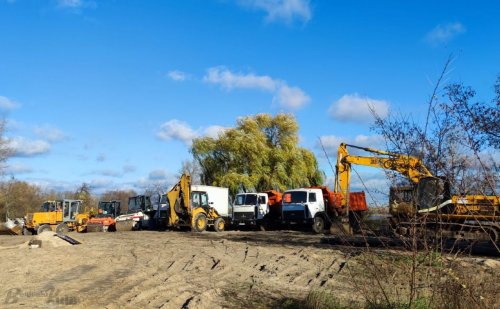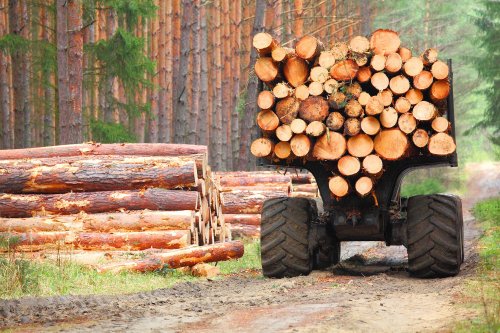On Tuesday, February 6, public hearings on the project "Detailed Plan of the Polonyna Runa Area" on the construction of a wind farm were held in the Turya Remeta community in Zakarpattia.
Environmental activists from the NGO Save Pikuy stated on Facebook that the public hearings were actually disrupted or did not take place.
They said that the hearing was attended by local residents and people from other communities of Zakarpattia, members of the tourist community, environmentalists, scientists, etc.
"During the hearings, none of those present saw the detailed plan itself, all the schemes and maps, the alternative location of 30 wind turbines, not a single word about the comments on the Detailed Plan and the Strategic Environmental Assessment provided by the public. The hearings were deliberately violated," said Natalia Vyshnevska, head of the NGO Save Pikuy.
The report said that the manager of the wind energy company promised to take into account the position of people who are against the concreting of the meadow.
It is noted that the vast majority of local residents and the Transcarpathian community supported the development of wind energy and the placement of windmills in the community and suggested reconsidering the location.
"But this consensus did not satisfy the chairman and representatives of the developer. In fact, the public hearings were disrupted, or are such that they did not take place," ecoactivists wrote.
"Such a state of affairs will only strengthen further joint actions regarding the protection of Runa polonya and resistance to dirty relocated business and administrative resources," Vyshnevska said.
Oksana Stankevich-Volosyanchuk, an environmentalist and head of the public organization "Ekosphere", said that the "hot" discussions at the discussion lasted for about 3.5 hours. However, the detailed plan of the area with 30 windmills and the report on the strategic environmental assessment, which should have given the following answers, were never discussed:
- what are the risks of the construction of a wind farm on the runa plain;
- which measures are proposed to minimize the negative impact;
- what compensatory measures are proposed;
- what alternative does the investor offer.
She noted that the main graphic plans of the detailed plan of the territory, such as the transport scheme, the SEA report, risk assessments and potential impacts of this project on nature, the environment and people's lives, were not presented at the hearing.
"The majority of local residents do not support the project to build the Runa area with windmills. Support for the project comes only from specific politicians and authorities who have administrative resources and can "solve issues" in various instances," said Stankevich-Volosyanchuk.
Previously, EcoPolitic looked into the reasons for the emotional discussions regarding the construction of a wind farm on the Runa meadow and analyzed the threats to the environment from wind farms and ways to reduce risks.





